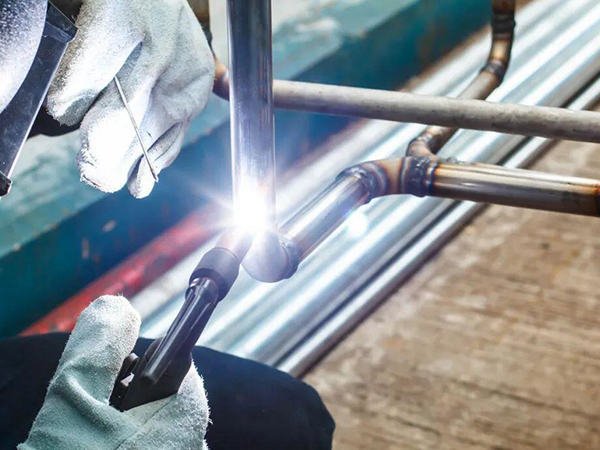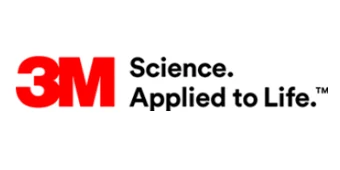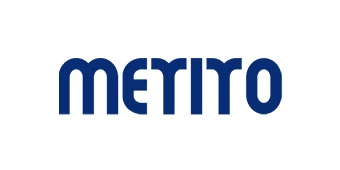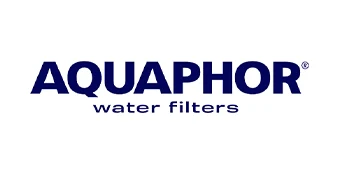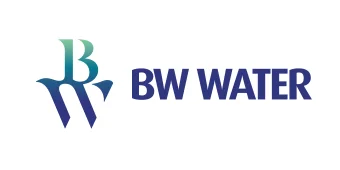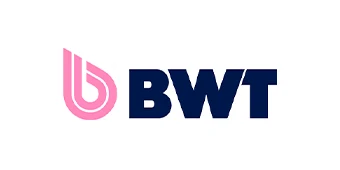Installation Guide and Precautions for Butt Weld Fittings
Installation & Precautions
- Preparation. Clean the welded joint and pipe surface to ensure that there is no oil, oxide, or impurities on the surface.
- Positioning. Position the pipe fittings to be welded in the designated location, and make sure alignment and gap meet the requirements.
- Welding current setting. Set an appropriate welding current and welding parameters based on the pipe material and thickness.
- Welding. Use an arc welding machine to weld by melting the welding rod and workpiece through arc heating, forming a weld seam.
- Inspection. After the welding is completed, inspect the appearance and quality of the weld seam to ensure that the welding quality meets the standard requirements
- Cleaning. Clean up welding residues and oxides, and do follow-up processing work.
Precautions
When welding pipe fittings, first inspect the relevant materials to ensure their quality is qualified. Before welding, heat the pipeline to the specified preheating temperature. When performing butt welding on the fittings, it is necessary to control the welding time and heating time reasonably, and use corresponding welding techniques and equipment to ensure the welding quality. When using electronic equipment for welding, special attention should be paid to the stability of the current. After completing the butt weld fittings, quality inspection must be carried out. First, the appearance of the fittings needs to be inspected to confirm the presence of weld cracks and other defects; secondly, advanced inspection methods like radiographic testing need to be used to detect welding defects. Follow-up processing work is also required.
When grinding the weld seam, attention should be paid to the intensity and angle of grinding. In addition, painting and labeling operations should be carried out on the welding area. After the installation of butt weld fittings, relevant maintenance work is also required. During maintenance, operations such as cleaning, inspection, and replacement of pipelines should be carried out to ensure the safety and stability of the fittings.
During the welding process, the skill level of the operator has a significant impact on the welding quality. Therefore, it is necessary to train and improve their skills. At the same time, real-time monitoring, data analysis, and other methods can be used to detect and improve the welding quality.











